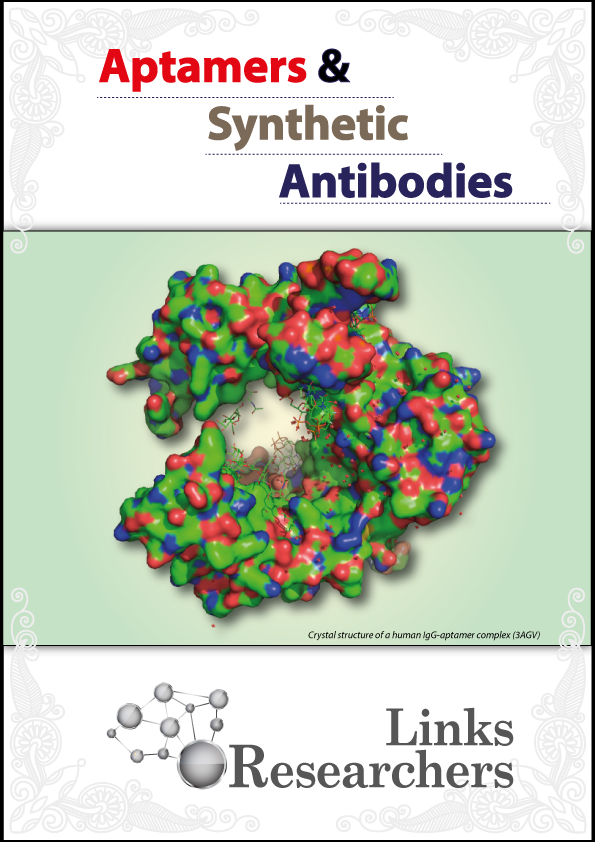Atul Sharma, Aruna Chandra Singh, Gautam Bacher, Sunil Bhand
Iram Liaqat1*, Najma Arshad2, Muhammad Arshad3, Safdar Ali Mirza4, Nazish Mazhar Ali1 and Ammara Shoukat1
Shahida Sabir1, Anwar Ali Shad1, Tariq Masood1*, Zafar Ali Shah1, Nasiruddin2, Yaseen Ahmad1 and Syed Sartaj Alam3
Xiaoli Cai1,2, Saeed Ahmed3, Zhixin Lei1,*, Jianping Wu1,* and Taolei Sun1,2,*
Jiang Wu*
Hassan A. Aidaros, Eman M. Hafez, Halla E.K. El Bahgy*
Keywords | Disinfectant, Poultry, E.coli, Pasteurella multocida, Campyloba...
Mai A Fadel1*, Ahmed M Elmahdy1, Jihan Mostafa Badr2, Mohammed AM Saleh3, Mona A.A. AbdelRahman3
A. Yu. Aliev1*, A.A., Aliev1, A.M. Musaev1, M.Z. Magomedov2
Khasan Khamidovich Shakhbiev1*, Saidkhamzat Saidmagomedovich Abumuslimov1, Larisa. Vakhaevna Taramova1, Islam Khasanovich Shakhbiev1, Svetlana Aleksandrovna Shemyakova2
Orooba Mohammed Saeed Ibrahim1*, Rawaa Saladdin Jumaa2, Nibras Zeyad Yahya1
Ahmed M. Manthoor, Ali H. Saliem*
H.A. Abdul-Ratha1*, Sahar Mahdi Hayyawi2, Essam F. AL-Jumaily3









